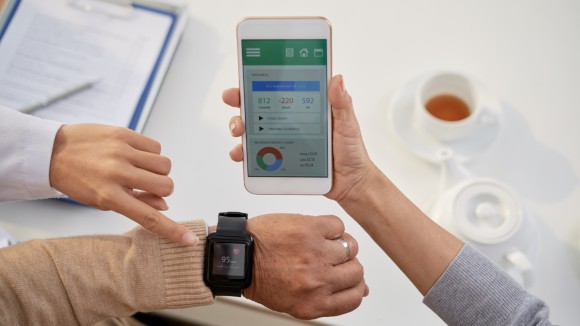 Dr. Ryan Roemmich is a human movement scientist interested in motor function and rehabilitation of persons with neurologic damage or disorders. His background spans engineering, kinesiology, and neuroscience. His research focuses on combining these disciplines to understand how the nervous system controls movement and how we can improve movement abilities in persons with motor deficits.
Dr. Ryan Roemmich is a human movement scientist interested in motor function and rehabilitation of persons with neurologic damage or disorders. His background spans engineering, kinesiology, and neuroscience. His research focuses on combining these disciplines to understand how the nervous system controls movement and how we can improve movement abilities in persons with motor deficits.
 Dr. Elena Moro is a Professor of Neurology at the Grenoble Alpes University and Director of the Movement Disorders Center at the Centre Hospitalier Universitaire (CHU) of Grenoble, France. She is also the Head of the Department of Neurology, Psychiatry, Neurological Rehabilitation and Forensic Medicine at the CHUGA. Her major research interest is neuromodulation for treating movement disorders. In particular, over the years she has been focused in better understanding the mechanisms of action of deep brain stimulation (DBS), DBS indication in Parkinson's disease and dystonia and exploring new DBS targets.
Dr. Elena Moro is a Professor of Neurology at the Grenoble Alpes University and Director of the Movement Disorders Center at the Centre Hospitalier Universitaire (CHU) of Grenoble, France. She is also the Head of the Department of Neurology, Psychiatry, Neurological Rehabilitation and Forensic Medicine at the CHUGA. Her major research interest is neuromodulation for treating movement disorders. In particular, over the years she has been focused in better understanding the mechanisms of action of deep brain stimulation (DBS), DBS indication in Parkinson's disease and dystonia and exploring new DBS targets.
 Dr. Peter Shull is a Professor at Shanghai Jiao Tong University in the mechanical engineering department, where he leads the Wearable Systems Lab. His focus is on developing wearable systems to explore principles of human movement and movement modification by combining biomechanics and haptics principles to create unique sensors, real-time models, sensor fusion and artificial intelligence algorithms, and novel feedback paradigms. He has performed pioneering research involving wearable systems, human computer interaction, hand gesture recognition, and real-time movement sensing and feedback to improve human health and performance across an array of medical and sports applications.
Dr. Peter Shull is a Professor at Shanghai Jiao Tong University in the mechanical engineering department, where he leads the Wearable Systems Lab. His focus is on developing wearable systems to explore principles of human movement and movement modification by combining biomechanics and haptics principles to create unique sensors, real-time models, sensor fusion and artificial intelligence algorithms, and novel feedback paradigms. He has performed pioneering research involving wearable systems, human computer interaction, hand gesture recognition, and real-time movement sensing and feedback to improve human health and performance across an array of medical and sports applications.

